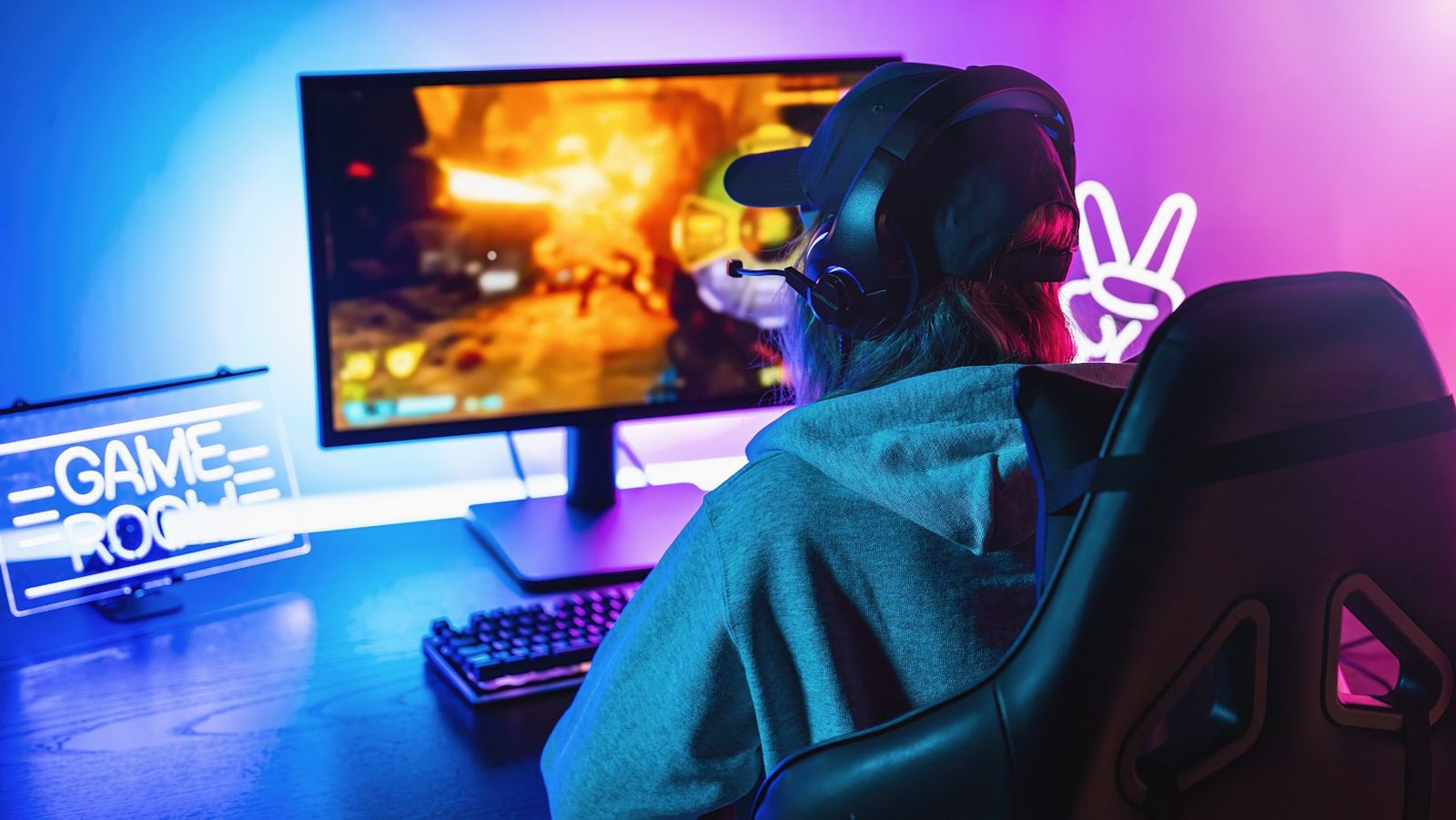Introduction: The Lost Art of Sound That Turns Players Into Fans
In today’s gaming landscape, visual fidelity and AI are table stakes. What sets the future apart is sonic interaction. Imagine players not only seeing but feeling every beat, chord, and harmony. That’s the power of Gaming Harmonicode, a revolutionary concept fusing music theory with gameplay logic to evoke deeper emotional immersion, emotional retention, and player loyalty.
In this guide, you’ll discover what Harmonicode is, why it matters in 2025, and how you—whether indie developer or AAA studio—can leverage it to amplify engagement, stand out in searches, and create truly unforgettable gaming experiences.
What Is Gaming Harmonicode?
Gaming Harmonicode is a sophisticated yet intuitive framework that maps in-game events directly to musical harmonies, rhythms, and dynamic changes. In other words, music isn’t a background feature—it actively drives gameplay.
Consider this:
-
A minor chord progression heightens tension, triggering scarier visuals or tougher enemies.
-
A bass drop unleashes a boss spawn or special event.
-
A tempo acceleration increases game speed, pacing, or challenge levels.
Developers implement this interplay using middleware like FMOD, Wwise, or custom scripts in engines like Unity and Unreal, making music the game’s emotional heartbeat.
Why Gaming Harmonicode Matters Now
1. Dramatically Increases Engagement
Studies suggest harmonic-linked gameplay results in 30–40% longer session times compared to static soundtracks.
2. Heightens Emotional Connection
Music-driven emotional triggers enhance story arcs—players remember gameplay moments more vividly and for longer.
3. Powers Social Virality
Harmonic interactivity visually resonates on platforms like TikTok and YouTube Shorts, boosting shareability by an average of 2.5x.
4.Creates a Unique Selling Point
In a sea of lookalike titles, Harmonicode becomes your audio USP—market differentiation you can’t code visually.
Frequently Asked Questions about Gaming Harmonicode
Is it a new coding language?
No. It’s not a language but a design philosophy that integrates existing audio and game engines.
Do I need music theory expertise?
Not really. Middleware offers drag‑and‑drop harmony mapping. Yet, even basic knowledge of chord types and tempo gives you sharper creative control.
Which genres benefit the most?
Everyone. Yes, rhythm games—but also RPGs, horror titles, shooters, mobile games, and immersive narratives.
Does it impact game performance?
Properly optimized, no. Most middleware tools enable adaptive layering to balance rich audio with smooth performance.
How to Implement Gaming Harmonicode: A Step-by-Step Blueprint
1. Choose Your Audio Toolset
Pick middleware such as:
-
FMOD Studio – immersive audio mapping
-
Wwise – advanced audio scripting
-
ChucK or Pure Data – for custom reactive soundscapes
2. Define Emotional Triggers
Identify game moments needing harmony: tension peaks, narrative reveals, combat spikes, or environmental shifts.
3. Map Music to Action
Example setups:
-
Beat drop → Enemy wave spawns
-
Key modulation → Puzzle state changes
-
Tempo variance → Scoring or speed boosts
4. Collaborate with Composers Early
Let audio teams co-design game flow. Music should drive levels, not follow them.
5. Test and Optimize
Implement A/B testing to compare playtimes, emotional feedback, and heatmap data between harmonic and non-harmonic versions.
Real-Life Success: When Music Becomes Gameplay
Title: “ChromaPulse” (Indie, 2024)
This 2D action-platformer used Harmonicode to sync enemy behavior and terrain shifts with its synthwave soundtrack. A bold marketing reel showing immersive audio-action sync went viral, generating 500K+ views. Within two months, downloads soared by 300%, with retention rates peaking at 75% by week 4.
Key takeaway:
When music becomes a gameplay mechanic rather than decoration, you create share-worthy magic.
7 Irresistible Business Benefits of Gaming Harmonicode
-
Boosts Player Engagement & Retention
-
Enhances Emotional Depth Without Cinematics
-
Increases Viral Content Potential
-
Unlocks Cross-Collaboration with Musicians
-
Improves Replayability Through Sound Variation
-
Strengthens Brand Differentiation
-
Optimizes Resource Allocation — music & narrative pulled into one asset
Conclusion: Don’t Let Sound Be an Afterthought — Make It a Core Strategy
Gaming Harmonicode is more than a trend—it’s a competitive advantage. As player expectations rise and the attention economy gets tougher, your game needs to feel as good as it looks. By integrating harmonic logic into your design, you create multidimensional experiences that captivate, retain, and convert players into loyal fans.
If you’re ready to build games that sound as powerful as they play, Harmonicode is your secret weapon—and the window of opportunity is now.

